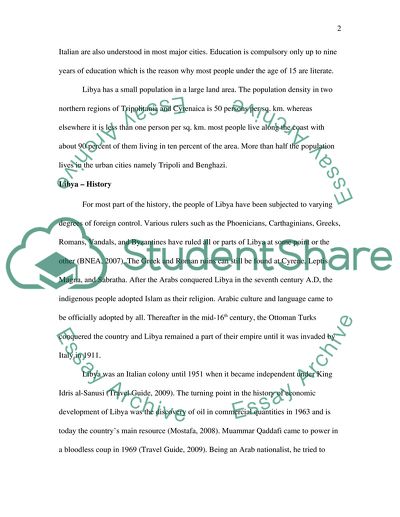Cite this document
(Great Socialist People's Libyan Arab Jamahiriya Research Paper, n.d.)
Great Socialist People's Libyan Arab Jamahiriya Research Paper. Retrieved from https://studentshare.org/social-science/1725669-thesis-paper-about-potential-tourism-sector-in-libya
Great Socialist People's Libyan Arab Jamahiriya Research Paper. Retrieved from https://studentshare.org/social-science/1725669-thesis-paper-about-potential-tourism-sector-in-libya
(Great Socialist People'S Libyan Arab Jamahiriya Research Paper)
Great Socialist People'S Libyan Arab Jamahiriya Research Paper. https://studentshare.org/social-science/1725669-thesis-paper-about-potential-tourism-sector-in-libya.
Great Socialist People'S Libyan Arab Jamahiriya Research Paper. https://studentshare.org/social-science/1725669-thesis-paper-about-potential-tourism-sector-in-libya.
“Great Socialist People'S Libyan Arab Jamahiriya Research Paper”, n.d. https://studentshare.org/social-science/1725669-thesis-paper-about-potential-tourism-sector-in-libya.


